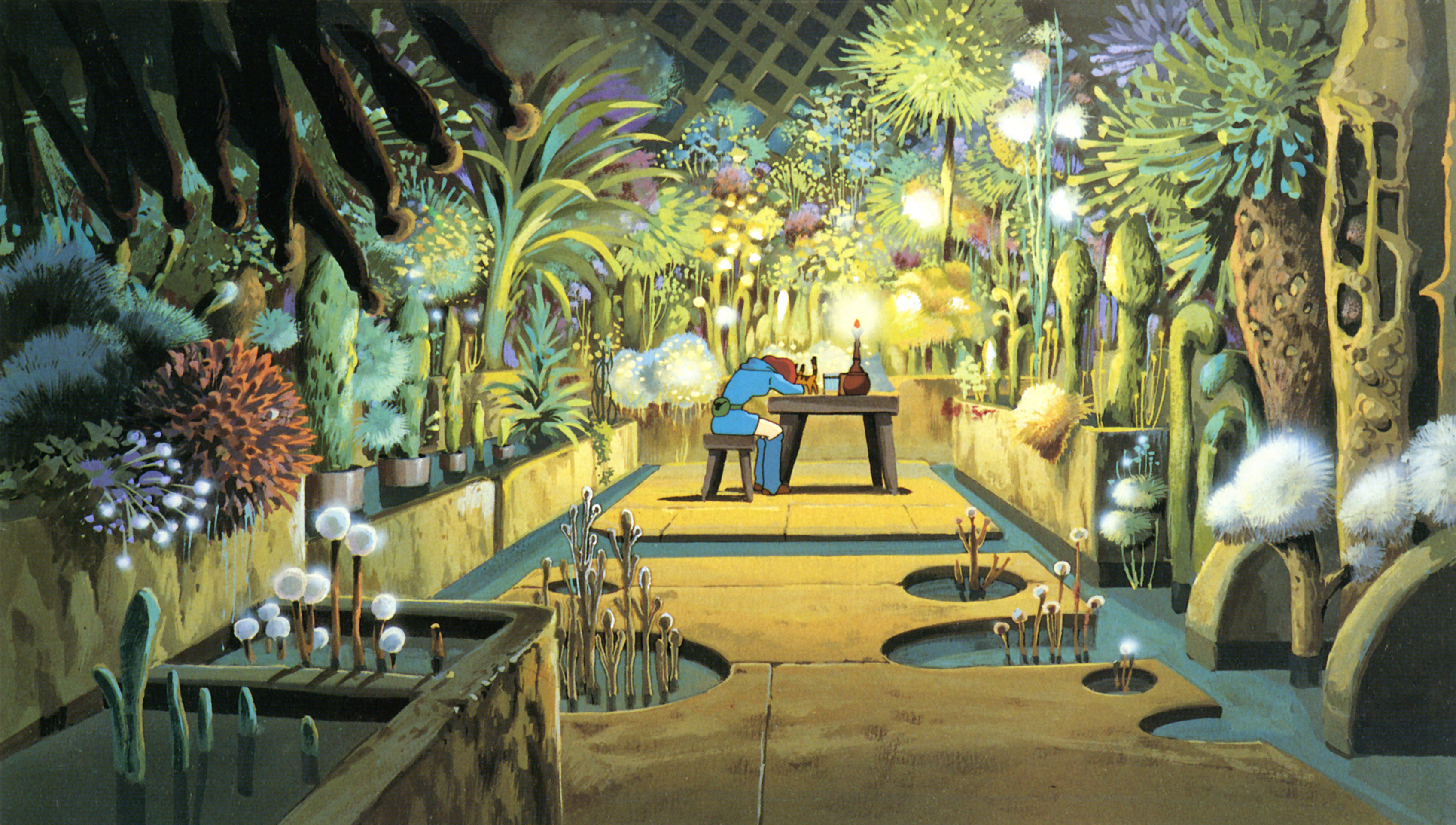There was a sea of humanity. This phrase echoed the first time you heard it. Then it was resounded again in images of overcrowding groups of Vietnamese civilians trying to enter the gates of the U.S. embassy, and again boarding commercial ships, then fighting for a place on a helicopter air lift.
Graham Martin, U.S. ambassador to South Vietnam, was one of the central characters in the story of the days leading up to the Fall of Saigon. Along with his position, Graham Martin was also the authority in case an evacuation of the U.S. embassy would be required. In the beginning of the film, there seemed to be a sense of healing and imminent peace. It was a calm time in the capital of Saigon. The Paris Peace accords had just been signed and President Nixon had promised that in the event the North Vietnamese came to occupy the South, the U.S. would respond with full force. President Nixon represented an intimidation factor for the North Vietnamese government. They believed him to be a madmen, and it felt like the North Vietnamese army would not act in violation of those accords.
What followed were the seas of people from the opening scenes, surrendering everything physical they owned, surrendering the city of Saigon itself, to escape.
“You start out telling jokes in Vietnamese and making them laugh in Vietnamese. Soon, you start dreaming in Vietnamese.” This is a loose quotation from one of the U.S. marines stationed at the U.S. embassy in Saigon. He, along with many other U.S. citizens in Vietnam believed, during those early peaceful days of the signing of the Paris Peace accords, that their job was only to keep the embassy operational. It did not occur to them that the North Vietnamese would ever come. The U.S. embassy was filled with dreamers.
First were the friends of U.S. workers at the embassy. Vietnamese spouses of Americans, children of Vietnamese-American couples, these groups of people were the first to leave. Then as the North Vietnamese began their advancement and the U.S. maintained their silence, a growing number of Vietnamese looked for ways of escape. Martin more than anyone wanted to believe that the U.S. would come through on their promise in the Paris Peace accords. He did not want to leave the country his son had died fighting for. But the American people were tired of the war in Vietnam, and President Ford could garner no votes from congress to provide the military and financial support required for the aid of South Vietnam. Once the bombings started, the panic mounted, and everyone associated with the U.S. knew they need to get out was real.
Bing Cosby’s ‘White Christmas’ was airing on the radio the day following the initial bombing of the only air strip in Saigon, the day before the Fall of Saigon. Evacuation was on everyone’s mind now, and it was in the safe evacuation of oneself and one’s family that the only comfort could be found. South Vietnamese were getting airlifted from the grounds of the embassy to U.S. ships off the coast. Pilots, whose own captains had either left already or deserted, used what they had, taking their helicopters to bring themselves and their families out to the American ships where safety was guaranteed. Some made daring leaps of trust and faith and U.S. troops responded with as much empathy as they could muster. There just wasn’t enough space or resources. There was not enough time.
What was the fate of those South Vietnamese left in Saigon? The 30th of April 1975, South Vietnam surrendered. Large groups of under-supplied South Vietnamese troops disrobed down to their underwear and burned their identification cards. Politicians destroyed any evidence of their association with the South Vietnam government. Just like that, no one left behind wanted to have any association with the identity of being South Vietnamese. The exact numbers are not known, but many were executed and large numbers were placed in re-education camps where they were forced to do manual labor for a few years to a life sentence. The outlook was not bright.
And on the ships filled with U.S. troops and refugees, they rose the flag of South Vietnam and sang the national anthem of a country in which the freedom to sing and have such pride was now limited to boats at sea. The movie told a story not only of displacement and exodus, but of camaraderie and the significance of relationships between individuals being more powerful than governments or military power.

http://upload.wikimedia.org/wikipedia/commons/d/df/South_Vietnamese_flag_parade.jpg






